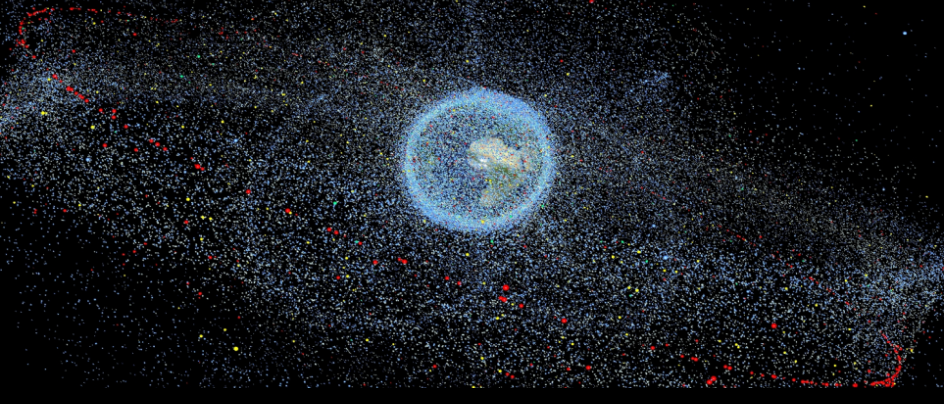Speaker
Description
Hypervelocity impacts of man-made and/or natural microparticles pose a significant environmental hazard to any space systems. Therefore, a detailed assessment of the impact risk sustained in a particular environment (e.g. LEO, GEO, interplanetary) over the mission duration needs to performed during the design phase of the space system.
Due to the high complexity of the risk and damage analyses on a three-dimensional spacecraft geometrical model, considering shadowing effects as well as impacts of so-called secondary ejecta, and allowing the application of various environment models and particle/wall interaction models, complex software tools are needed to perform these kind of analysis. An example is ESABASE2/Debris, the standard software for microparticle impact risks assessments used by ESA, various European satellites manufacturers, as well as in academia.
During spacecraft design, such tools are used to verify via numerical analysis that the probability of failure of a component, subsystem or the complete space system is below a pre-defined acceptable level. Typically, for manned space system (space station modules, crewed capsules etc.) more stringent design requirements apply. In case the analysis shows an unacceptable impact risk, the shielding properties of the vulnerable elements need to be changed. Conversely, microparticle impact risks assessments can be used to make saving in mass (and production and/or launch cost) by optimising shielding properties.
Spacecraft designer and operators need robust estimates of the microparticle impact risks, including quantified errors and confidence intervals for computed values. Currently, microparticle impact risk assessment tools do not support uncertainty quantification nor end-to-end propagation of uncertainties.
In this talk, we will look at ESABASE2/Debris analysis workflow to identify relevant sources of modelling uncertainties, ranging from the underlying microparticle environment models (MASTER, ORDEM), to the impact simulation (e.g. raytracing), and damage prescriptions (e.g. ballistic limit equations). We will propose approaches towards a more robust, quantitative microparticle impact risk assessment software having full uncertainty quantification and end-to-end uncertainty propagation.

